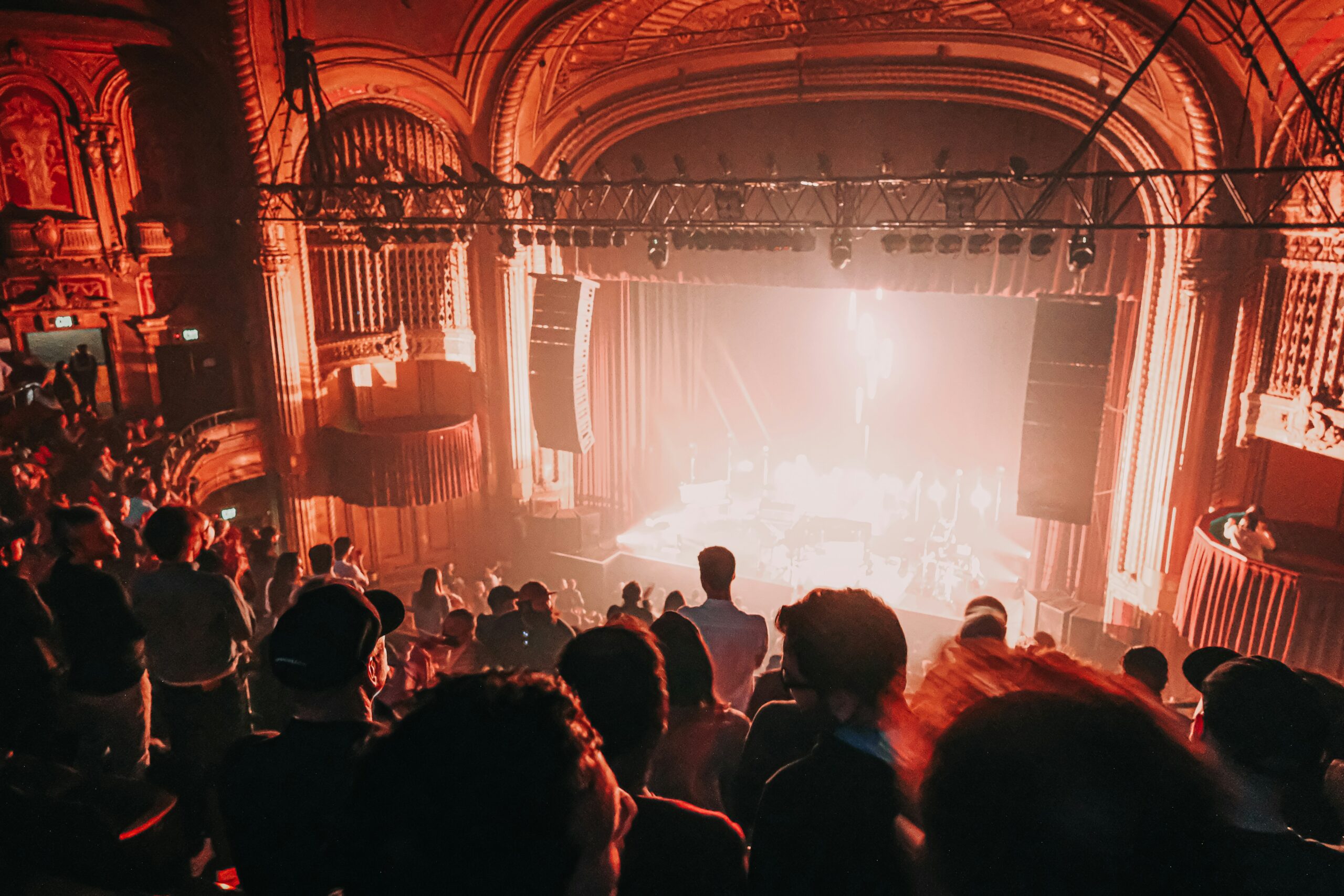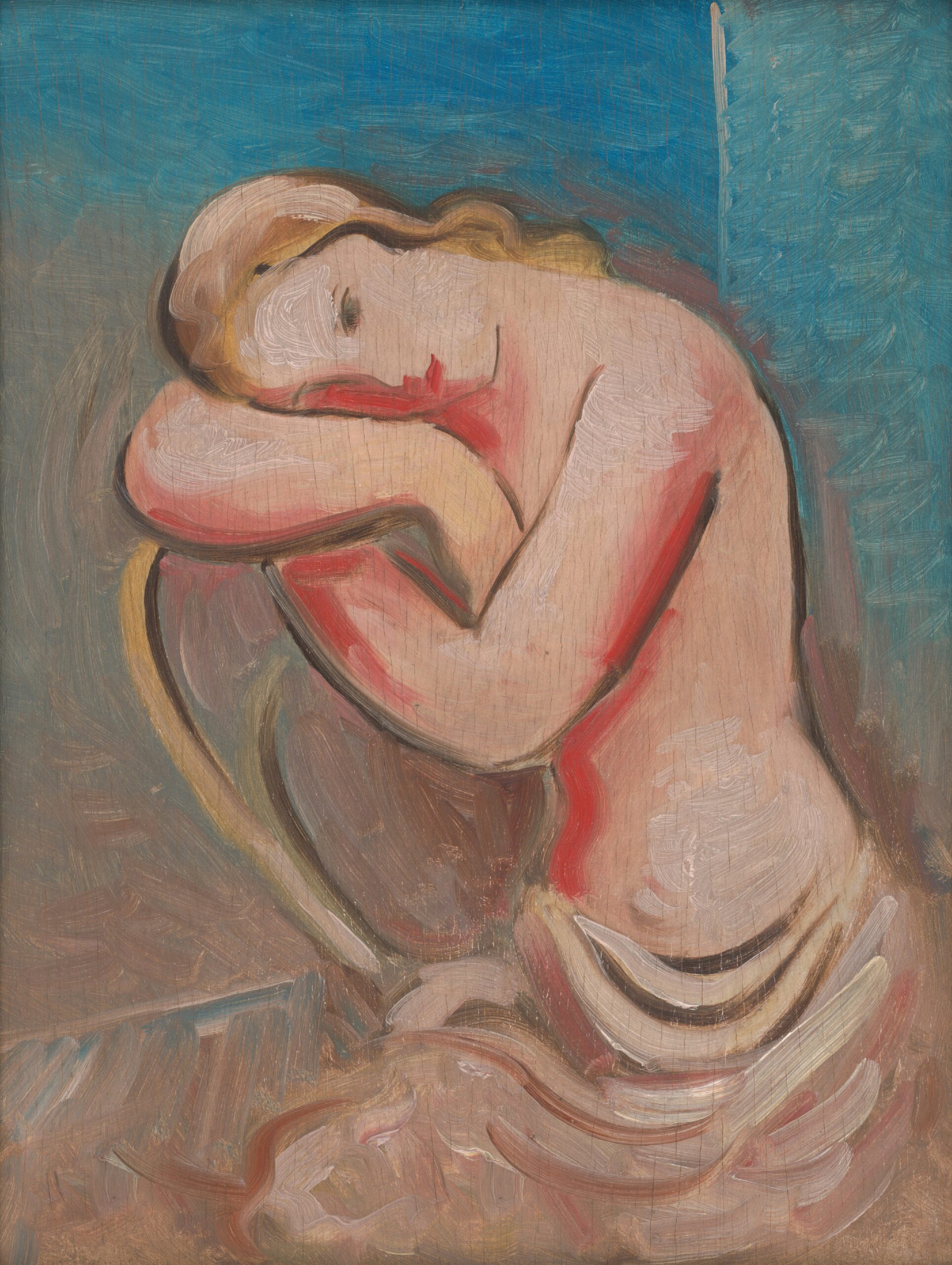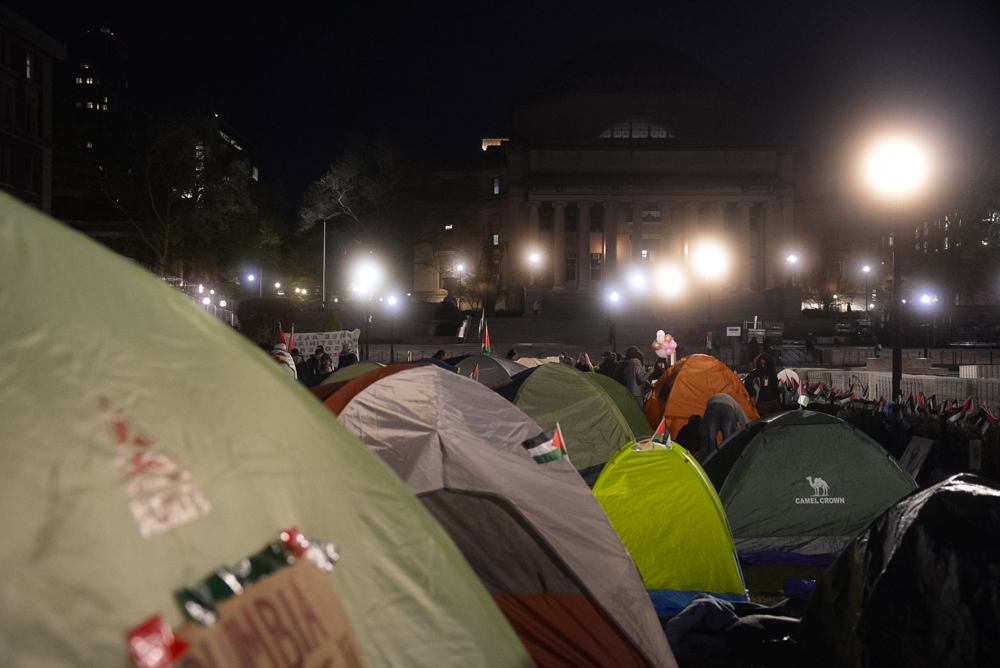
So you’ve just grimaced your way through your cousin’s am-dram production of Madagascar Jr the Musical. Alex the Lion did the whole thing in a Belfast accent, King Julian forgot his lines and ran off stage and you had to endure a five minute dance sequence of pre-teens dressed up as giant steaks. You’re not feeling too hopeful about the future of theatre or the future of Belfast. But as the curtain call begins and the steaks start arranging themselves in lines to take a bow, you look around the town hall and everyone’s on their feet. Madagascar Jr the Musical has just received a standing ovation. Not wanting to seem like a dick you dutifully stand up and partake in the standing ovation. Don’t worry it’s happened to us all. But why? Why does it seem like every show these days receives a standing ovation?
The Economist cites Covid-19 as one of the factors for what they’ve coined “ovation inflation.” They suggest that when theatre’s re-opened after the pandemic more plays got standing ovations as people were excited to be back at the theatre and somehow the habit has stuck. However, The Guardian have been criticising the overuse of standing ovations since 2008 calling it a “filthy American habit that should be discouraged.” While the cause of the perpetual standing ovation is unclear we certainly don’t want to be copying the Americans at this moment in time.
The standing ovation used to be rare across Ireland and the UK. In his West End debut Dustan Hoffman was warned of the lack of standing ovations compared to the US. In fact, Hoffman didn’t receive a standing ovation throughout his debut in The Merchant of Venice until the night he announced the death of theatre royalty Laurence Olivier. Hoffman is quoted as commenting after the show, “You have to fucking die to get a standing ovation here.” Now that is certainly not the case.
The more the standing ovation is used the less valuable it becomes. So how do we distinguish now between a grand show and something that will one day be thought of as a classic? Today it’s the speed of the standing ovation that really matters. If people are trickling up bit by bit because the social pressure of being thought of as boring or stuck up proves too much, is it really a standing ovation or just an example of peer pressure in action?
Last April I saw Agreement in the Lyric Theatre Belfast. Commissioned for the 25th anniversary of the Good Friday Agreement the powerful political drama with exceptional performances and a load of Belfast humour captured the four days leading up to the historic signing of the Good Friday Agreement. It was here I witnessed the first genuine standing ovation I had seen in years. Speaking to the Belfast Telegraph about his play’s reception, Owen McCafferty, noted, “I have had standing ovations before but this was different. This was immediate.” Agreement was a poignant play and the Belfast audience, many of whom lived through the signing of the Good Friday Agreement, were moved by the hopeful performance, at a time where Brexit and a dissolved government had brought more strife and uncertainty to Stormont.
When the show was over people were straight up from their seats. Is this not what a standing ovation should be? People up out of their seats because they are truly moved by an exceptional performance? Or should we just accept that the culture around standing ovations has changed and they are now just another ritual of attending the theatre? I don’t know, but I do ask one thing. Please God stop giving standing ovations at your child’s primary school nativity play. I know she’s playing Mary and you’re very proud but if they get a taste for the standing ovation that young this madness will never stop!






